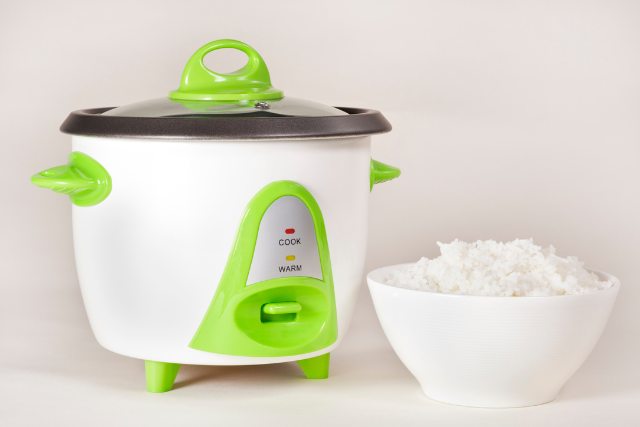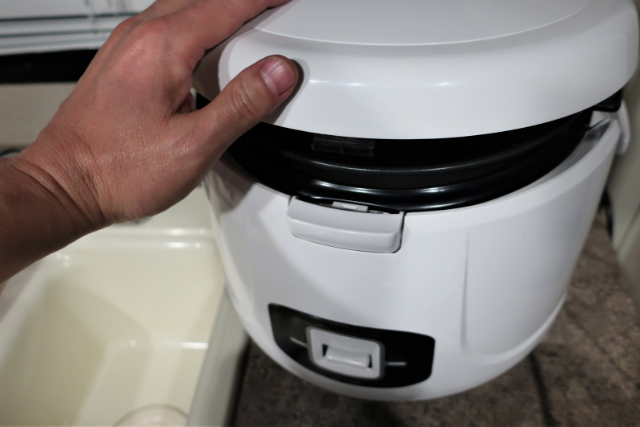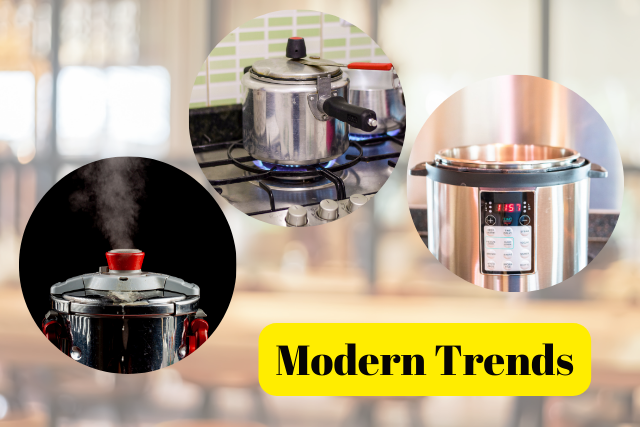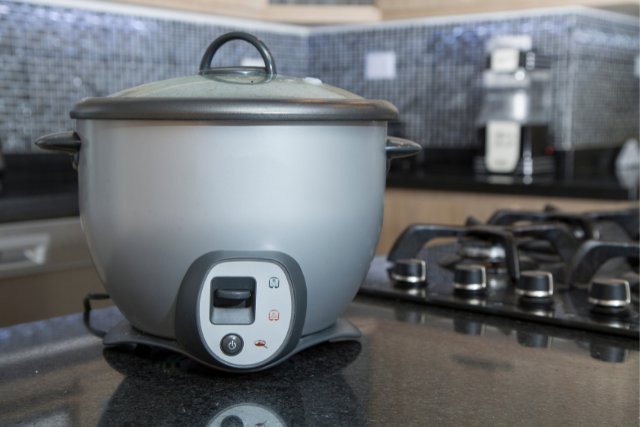Pressure Cooker vs Slow Cooker: What is the Difference and Which One is Better?
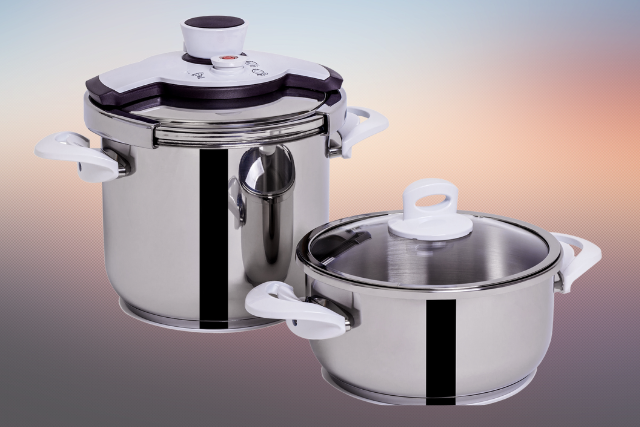
There are many different types of kitchen appliances available on the market these days. Two popular choices are pressure cookers and slow cookers. So, what’s the difference between a pressure cooker and a slow cooker? This article will take you through all the details about these two cooking methods.
Difference between a pressure cooker and a slow cooker
A pressure cooker is a kitchen appliance that cooks food quickly under high pressure. In contrast, a slow cooker cooks food slowly over a period of hours. Both appliances can be used to cook a variety of foods, but each has its own advantages and disadvantages.
Pressure Cooker
A pressure cooker is a kitchen appliance that cooks food quickly using steam pressure. Pressure cookers have been around for centuries, but they have only become popular in recent years.
Pressure cookers work by sealing in steam and creating a high-pressure environment. This environment allows the water to reach a higher temperature, which cooks the food more quickly. Pressure cookers can be used to cook anything from vegetables to meat to beans and grains.
What’s good about pressure cookers?
One of the benefits of pressure cooking is that it preserves nutrients better than other methods of cooking. Pressure cooking also reduces cooking time, which can save energy and money.
Pressure cookers are ideal for cooking food that would normally take a long time to cook, such as tough meats or large cuts of vegetables. Because the pressure cooker cooks food quickly, it is also ideal for busy weeknight dinners when you don’t have time to wait around for your meal to cook. However, pressure cookers can be dangerous if not used properly, so it is important to read the instructions carefully before using them.
People also read: Pressure Cooker Buying Guide
Slow Cooker
A slow cooker is a kitchen appliance that cooks food at a low temperature over a long period of time. Slow cookers are also known as Crock-Pots.
How does a slow cooker work? A slow cooker has three main parts: a pot, a heating element, and a lid. The pot is usually made of ceramic or metal and is where the food is cooked. The heating element surrounds the pot and heats the food inside. The lid seals in the heat and moisture so that the food doesn’t dry out.
What’s good about slow cookers?
Slow cookers are ideal for cooking tough cuts of meat because they break down the collagen and connective tissue, making the meat more tender. They’re also great for cooking stews, soups, and other dishes that benefit from long cooking times.
Slow cookers are ideal for meals that require little hands-on time but need to cook for a long period of time, such as stews or roasts. Slow cookers are also ideal for those who like to come home to a warm meal ready and waiting, which is why many slow cooker recipes call for ingredients that can be prepared in advance.
People also read: Best Stainless Steel Slow Cooker in India
Pressure cooker vs. slow cooker: Which is better?
The pressure cooker and the slow cooker are two of the most popular kitchen appliances. But what’s the difference between them? And which one is better? Here are some factors to consider:
Speed: The pressure cooker is much faster than the slow cooker. It can cook food in a fraction of the time.
Temperature: The pressure cooker cooks at a higher temperature than the slow cooker. This means that it can brown and sear food, as well as cook it faster.
Versatility: The slow cooker is more versatile than the pressure cooker. It can be used for a variety of dishes, from stews to desserts.
Safety: The pressure cooker is safer than the slow cooker because it has an automatic release valve that prevents it from exploding.
So, which one is better? It depends on your needs and preferences.
Conclusion
It is important to know the difference between a pressure cooker and a slow cooker. A pressure cooker cooks food faster because it uses steam to build up pressure, which in turn raises the temperature. A slow cooker, on the other hand, cooks food slowly over a period of time, which allows the flavors to meld together.

